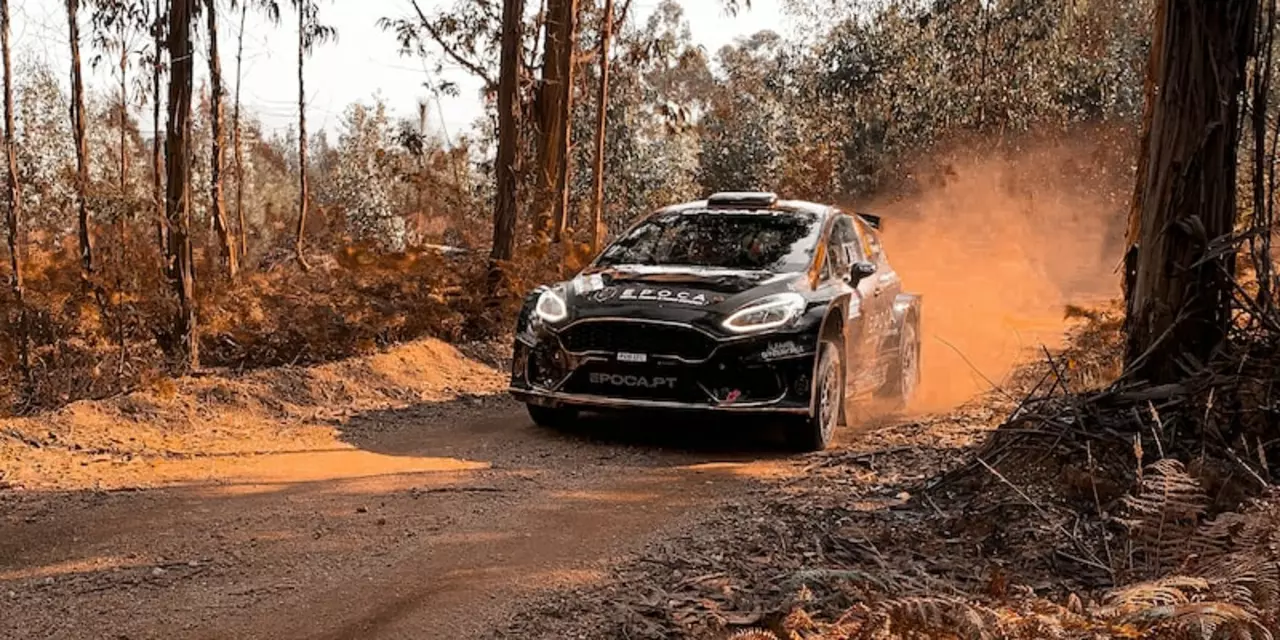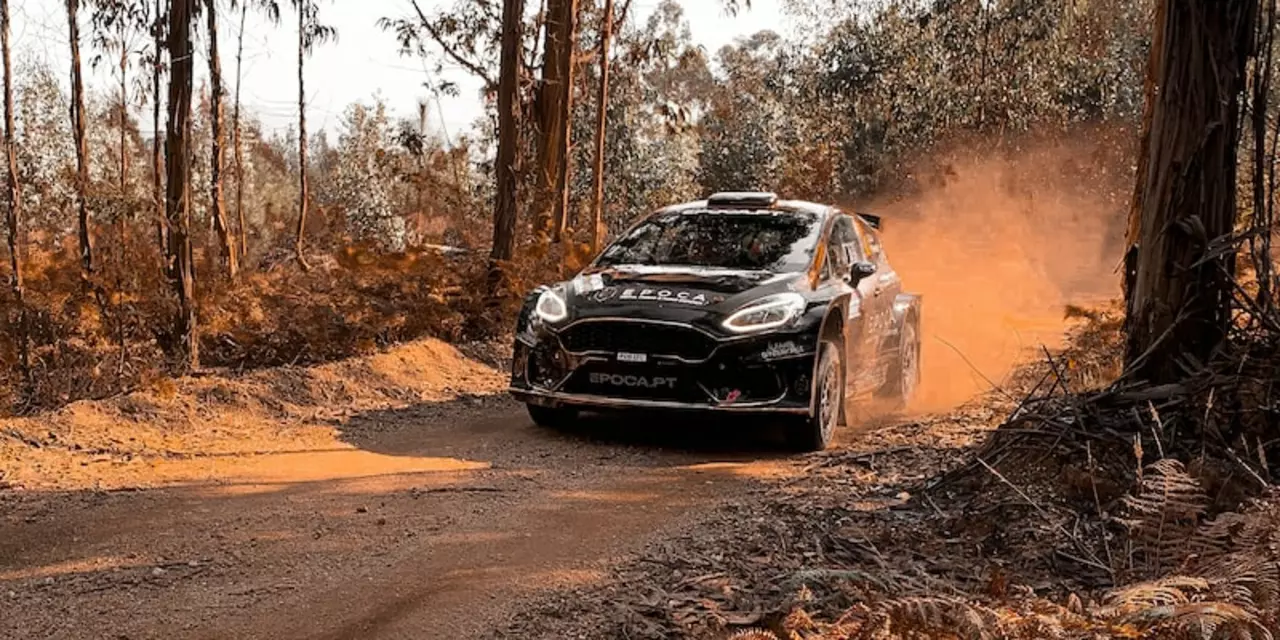Rally Drivers: Skills, Gear & How to Get Started
If you love the roar of a rally car and the thrill of blasting through twisty forest tracks, you’re probably wondering what it takes to become a rally driver. It isn’t just about raw speed – it’s a mix of technique, gear knowledge, and a solid training plan. Below we break down the must‑have skills, the equipment most drivers rely on, and the practical steps to get you behind the wheel of a UK endurance rally.
Key Skills Every Rally Driver Needs
First off, a rally driver must master car control on loose surfaces. That means learning how to slide a car through a corner while keeping the throttle steady. Most pros use a technique called “left‑foot braking” to balance the car’s weight and keep traction on gravel or snow. Practicing this on a closed course will let you feel the bite of the brakes without wrecking the car.
Second, you need to read the pace notes like a book. Your co‑driver reads out every bend, jump, and surface change, and you have to translate those words into instant actions. Start by memorising common symbols – ‘L’ for left, ‘R’ for right, ‘C’ for crest – and practice with a friend on a simple loop. The better you trust the notes, the smoother the ride.
Third, endurance matters. A typical UK endurance rally can run for several days, with long stages and night driving. Build up your fitness with cardio and core work; a strong neck and back help you handle the constant lateral forces. Hydration and proper nutrition are just as crucial as a good night’s sleep before a stage.
Getting Behind the Wheel: Steps to Start
1. Join a rally school. Schools like the rally academy at Silverstone or the Scottish Rally School teach basics, from car setup to proper shifting. A few days of instruction will give you confidence and a safety net.
2. Choose the right car. Most beginners start with a front‑wheel‑drive (FWD) hatchback because it’s forgiving on low‑grip surfaces. Later you can move to a 4WD platform if you want more power and handling. The car should have a sequential gearbox – it lets you shift up or down quickly without a clutch, which is what most rally drivers prefer.
3. Get the essential gear. A good rally helmet, fire‑retardant suit, and a sturdy roll cage are non‑negotiable. A hand‑brake lever (the long stick you see on rally cars) helps you lock the rear wheels for tight hairpins. Many drivers also add a rally‑specific data logger to review their performance after each stage.
4. Enter a local event. Start with a club rally or a ‘synthetic stage’ event that uses a closed course and low entry fees. These events let you apply what you learned without the pressure of a national championship.
5. Network with the community. The UK Endurance Rally Hub connects you to other drivers, coaches, and event organizers. Share your stage times, ask for advice on car setup, and you’ll quickly find people willing to mentor you.
Every rally driver began somewhere – usually with a mix of curiosity, a bit of training, and a lot of practice on real stages. By focusing on core skills, getting the right gear, and taking a step‑by‑step approach, you can turn that curiosity into a competitive edge on the UK’s toughest endurance rallies.
Why do Rally cars have two drivers?
Rally cars have become iconic symbols of motorsport and have been popularized in films, video games, and other media. Rally cars are different from traditional race cars in that they are driven on a variety of surfaces, including asphalt, gravel, and dirt. To be successful in a rally, two drivers are needed: a driver and a navigator. The driver is responsible for driving the car and navigating the course, while the navigator reads the directions and provides navigation instructions to the driver. The navigator is also responsible for keeping track of the progress of the car, alerting the driver of any obstacles or course changes. By working together, the driver and navigator can complete the rally course in the fastest time possible.
Read MoreDo rally drivers remember track or rely just on navigator?
This article examines the role of the navigator in rally driving. It looks at the debate between experienced rally drivers who prefer to remember tracks and those who rely solely on their navigator. The article suggests that the navigator is essential to success in rally driving, as they can provide vital information not available to the driver, such as the type of surface ahead, the condition of the road, and the precise route. However, experienced drivers need to remember the track as well to make the best use of the navigator's information. Ultimately, a combination of driver memory and navigator input is necessary for success.
Read More


